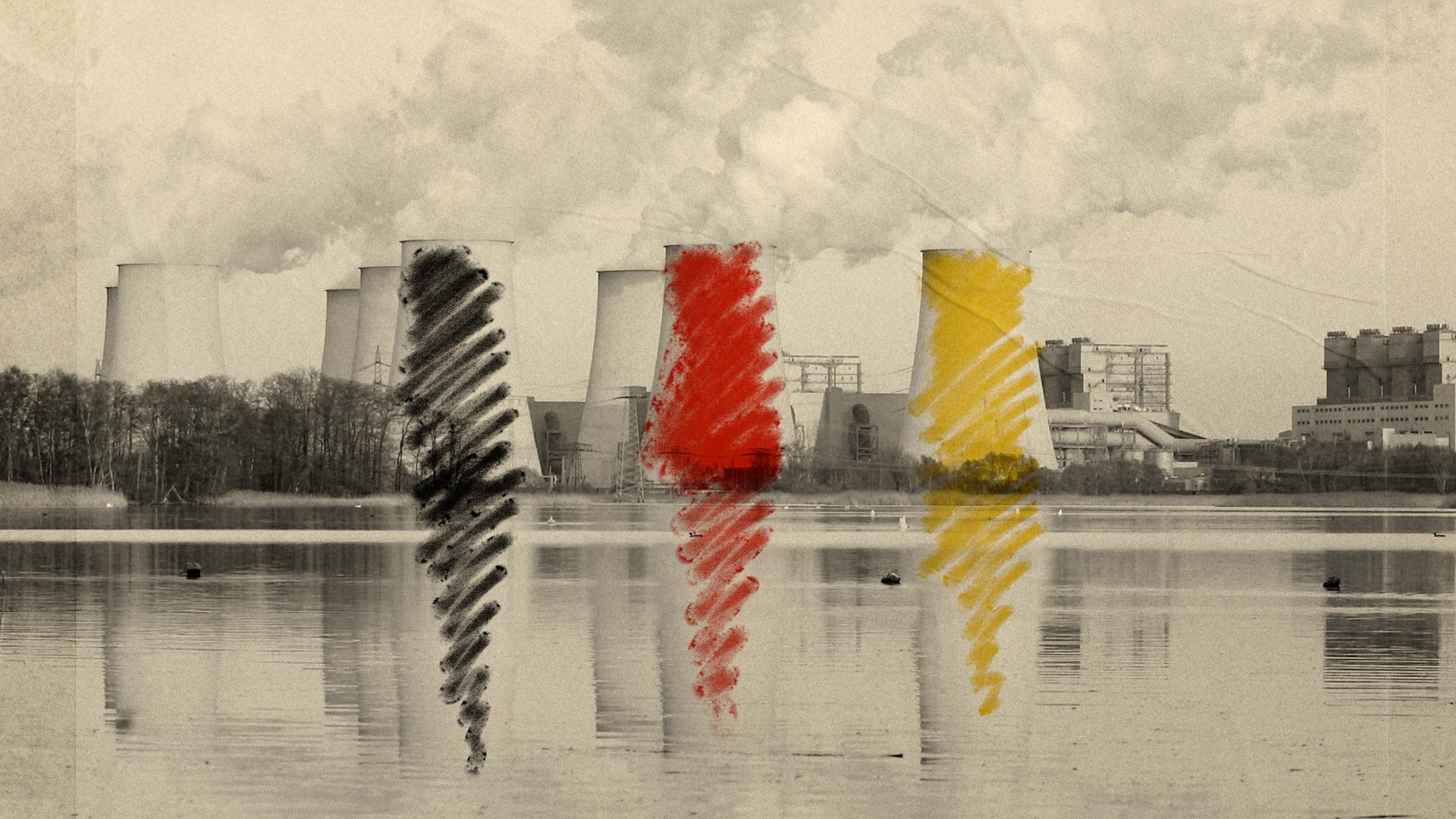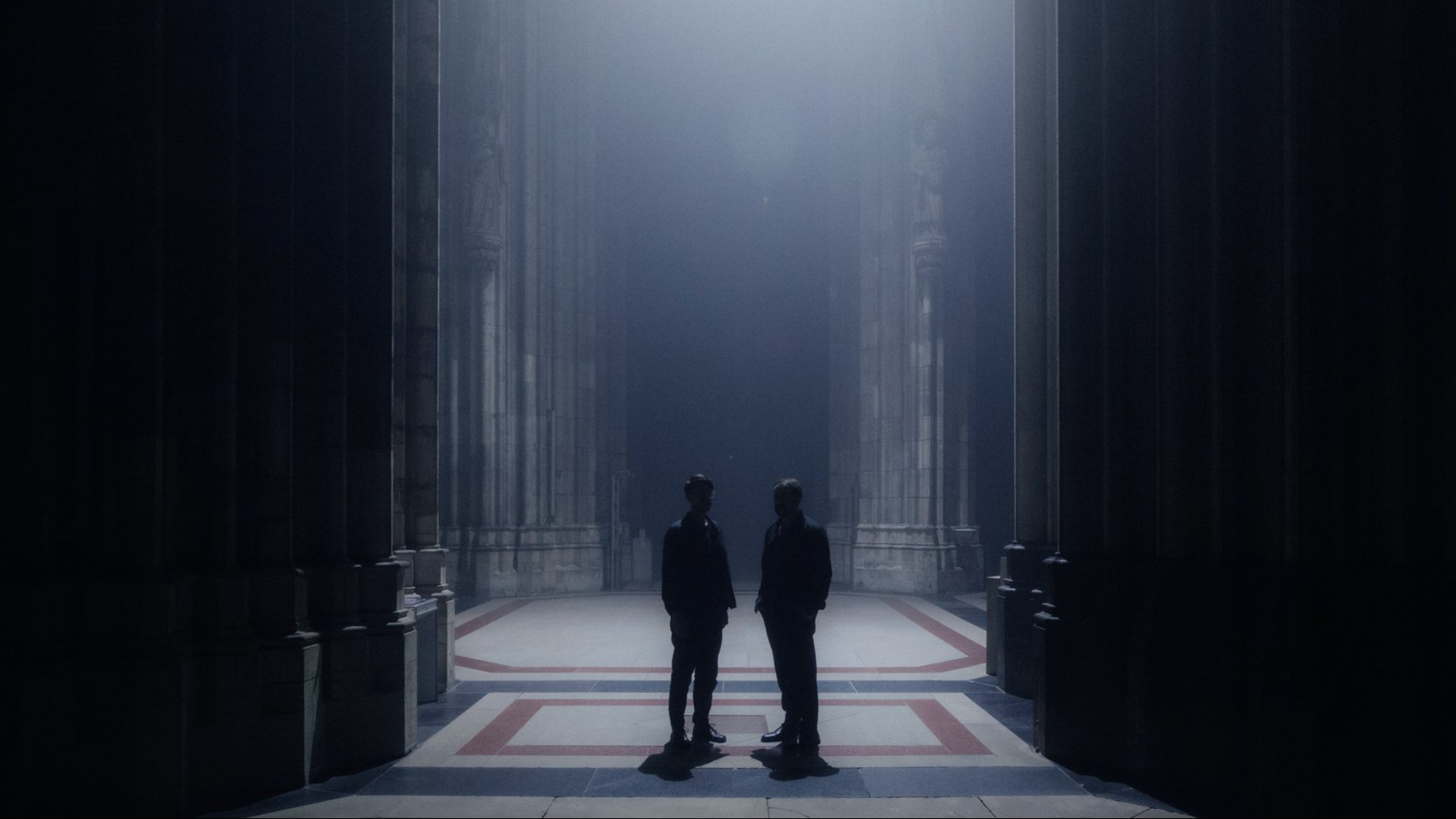The UK, well known as the founding member of the SSHC (Senseless Self-Harm Club), has finally found a second European member: Deutschland.
Let me explain. It took your Eurosceptic party 25 years to bring about Brexit. And it took our Greens 40 years until Nuxit, the Atomausstieg.
Two countries, supposedly commonsensical in business matters, opt for economically illiterate experiments, killing wealth for an unforeseeable future. Final outcome: unclear.
Unlike you, we didn’t even have a referendum. Although, in honesty, 10 years ago the country would have voted in favour of Nuxit. Today, polls show a clear majority of up to 59% to keep nuclear power going.
But the last three remaining nuclear power stations in Germany have been turned off this week.
The anti-nuclear campaigners – a diverse group ranging from Birkenstock-wearing greenies to conservative farmers and wine-makers – celebrated with sit-ins next to nuclear power plants, victoriously singing “Bella ciao” (the Italian wartime partisan song, re-purposed).
The losing side is calling the phase-out a Geisterfahrt (literally a ghost ride, meaning to drive on the wrong side of an Autobahn, against oncoming traffic), warning about the dangers of a volatile power grid due to renewables and of course about the Dunkelflaute (dark doldrums, ie little to no sun and wind).
In truth, however, all major political parties have agreed to let go of nuclear energy (they just differ in regard to the timing).
It was in 2011 when then-chancellor and physicist Angela Merkel said: “Fukushima has changed my stance towards nuclear energy.” Interestingly, Fukushima hasn’t changed Japan’s stance. Apparently, the 1973 oil crisis is still very much in Japanese living memory – the country suffered from blackouts, even in intensive care units, and then decided to tackle its oil dependency by pushing nuclear power.
The German population, during the same crisis, only had to suffer from car-free Sundays, which seem to have been quickly forgotten.
Despite the German scientist Otto Hahn being the father of nuclear fission, and despite the physicist Heinz Haber presenting Disney’s famous TV episode Our friend the atom, Germans and atomic power never really became that friendly.
And yet, in the first decade of this century, 20 German nuclear power plants produced around 30% of the electricity needed. This has dropped to around 5% now, while the share of coal-fired power plants and expensive LNG imports is getting larger by the day.
No wonder the co-ruling Greens mostly rejoiced in silence after the nuclear plug had been pulled. They know that, climate-wise, there’s no reason to celebrate: Germany, in terms of carbon emissions, has joined Poland at the top of the European polluter list. By 2030, estimates suggest, the two countries could account for more than half the EU’s power sector emissions.
I was kicked out of physics class far too often to be in any position to lecture. But these two Nobel laureates in physics seem to have done their homework: Prof. Klaus von Klitzing (1985) and Prof. Steven Chu (1997).
Joined by another 25 leading international climate scientists, they wrote to the chancellor, Olaf Scholz, and called on him “to continue operating the last remaining German nuclear power plants”. Because they alone could supply more than a quarter of German households with electricity, saving up to 30m tons of CO2 a year.
Scholz didn’t flinch. He had already proclaimed his goals: “Until 2030 we need to put up four to five wind turbines a day. Plus more than 40 football fields filled with solar panels, per day.” Currently, the wind turbine erection rate is 1.5 a day…
So we continue to fuel electric cars with coal-sourced energy. In case you’re missing the logic here: there isn’t any.
Shutting down the last three (safe and functioning) German reactors is not just an expensive decision. It is also irresponsible to not run them for a few more years: Germany is set to phase out coal by 2030 while still at the beginning of transforming the energy market towards renewables. Because of huge and rising energy costs in Germany, companies are silently moving production to low-cost countries.
In addition, the nuclear phase-out is robbing Germany of one of its best features: research. Lack of funding and stigmatisation are driving nuclear scientists out – in a field that is on the brink of massive innovation.
Unlike the Brexit decision – which, with the help of TNE & friends will hopefully be reconsidered one day – there is a finality to Germany’s Nuxit. So even I should stop moaning, and start praying to the sun and wind gods.




